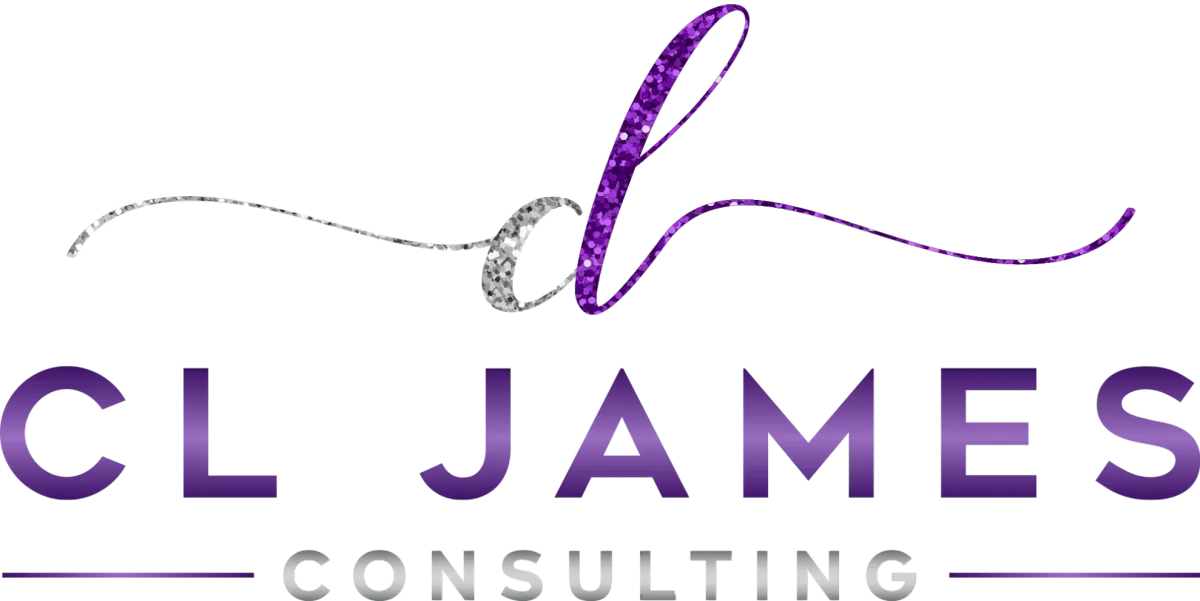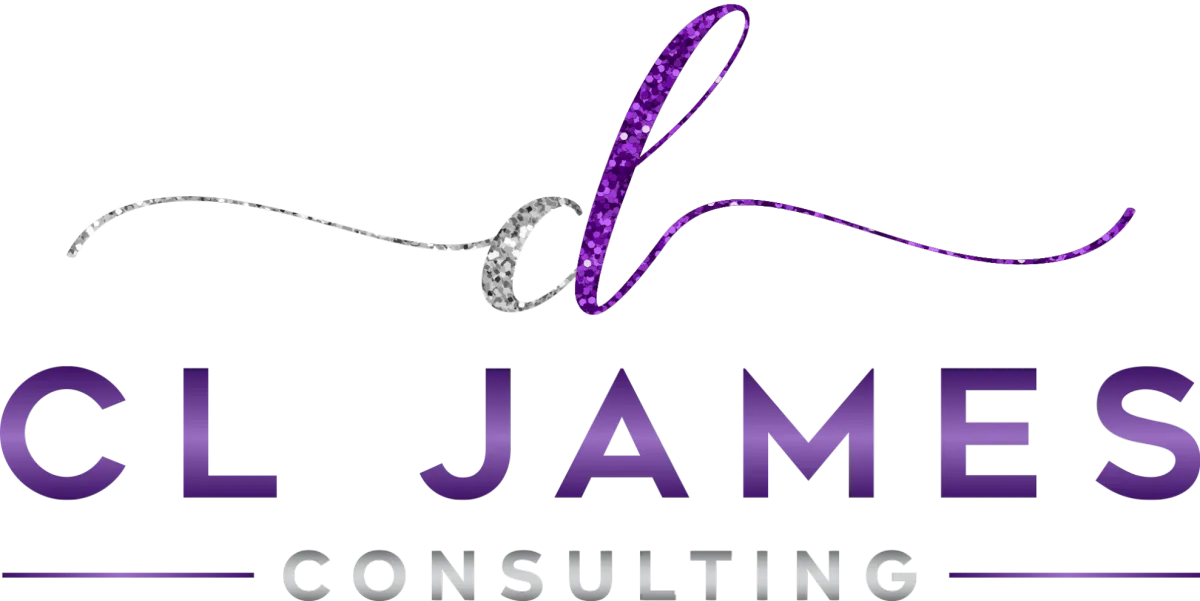
Insights for Aspiring CEOs
Welcome to Leader's Lounge, your dedicated space for deep-diving into the world of female entrepreneurship. Here, you'll
find a rich collection of articles tailored to inspire, educate, and empower you on your journey from solo entrepreneur
to successful CEO. Whether you're looking for the latest strategies in business automation, tips on effective leadership,
or ways to enhance operational efficiency, our blog is designed to support your growth and spark
significant transformation. Dive in and discover how to turn your business visions into actionable
realities while joining a community of like-minded leaders.
Welcome to Leader's Lounge, your dedicated space for deep-diving into the world of female entrepreneurship. Here, you'll
find a rich collection of articles tailored to inspire, educate, and empower you on your journey from solo entrepreneur to successful CEO. Whether you're looking for the latest strategies in business automation, tips on effective leadership, or ways to enhance operational efficiency, our blog is designed to support your growth and spark significant transformation. Dive in and discover how to turn your business visions into actionable
realities while joining a community of like-minded leaders.

Know Your Customer – Learning about Your Customers’ Purchasing Behavior
Know Your Customer – Learning about Your Customers’ Purchasing Behavior
How well do you know your customers’ buying behavior? This is an essential part of your customer profile, just as important as demographics and psychographics. It tells you how, when, and why people buy.
There’s a certain process we go through when we buy products. It starts with an initial problem to solve or need to fulfill. The next phase is the search for solutions. The consumer ends up with a variety of options which they now must assess.
The assessment phase is mostly a process of weeding out. Each product meets the initial need to some extent, but each has its risks or downsides. One by one, the customer removes options they deem unsuitable until they end up with the right choice. The final step of the process is when they actually make the purchase.
What You Need to Know about Purchasing Behavior
Every consumer uses some variation of this purchasing processes, but each segment of the population does it differently and you need to know how your customers do it. The process involves:
Customer Expectations. When we have a need driving us to buy something, we have expectations about that purchase. You should know what your customers expect so you can meet those expectations.
Decision-Making Factors. There are various factors that influence buying decisions. Many of these are primarily emotional rather than rational.
Influences. When a consumer wants to buy something, who do they listen to? This could be friends and family, or it might be influencers in their niche or celebrities they follow.
Potential Risks. What possible risks do customers perceive when considering options? Often, what makes people say “no” during the assessment phase is some perceived risk. If you know these risks, you can remove them.
Information Needed. What information does your buyer need at each stage of the purchase process? You need to know this so you can offer it to them.
How to Discover Your Customers’ Purchasing Behavior
There are many ways to determine this valuable information. As you go about creating your customer profile, look for objective data that tells you how your target market shops.
Website Analytics. Look at where people are spending time on your site. For example, see which product pages they’re lingering on. If you have an ecommerce store, look at shopping cart abandonment rate.
Online Conversations. Listen to your target market on social media or online forums. Pay attention especially to conversations about what they buy, what problems they need solutions to, and their shopping preferences.
Surveys. Run surveys asking people directly how they buy, what products they need, and anything else that will give you insights.
Product Reviews. Read online product reviews. Check Amazon and other major marketplaces. Look for product review blogs.
Along with demographics that tell you who your market is and psychographics that tell you how they feel, buying behavior will give you a well-rounded and accurate picture of who you best serve.


Join Our Mailing List
Each month I’ll perform a forward-facing ‘what-if’ analysis of a business to highlight potential opportunities or concerns. Get these and other business operations/strategy tips by adding your email address here


Join Our Mailing List
Each month I’ll perform a forward-facing ‘what-if’ analysis of a business to highlight potential opportunities or concerns. Get these and other business operations/strategy tips by adding your email address here


Take Home
Worksheet
Every keynote includes a worksheet to enable all of your attendees to put the concepts heard in the keynote into practice the very next day.
We will work with you to integrate these exercises with your existing post-event planning.